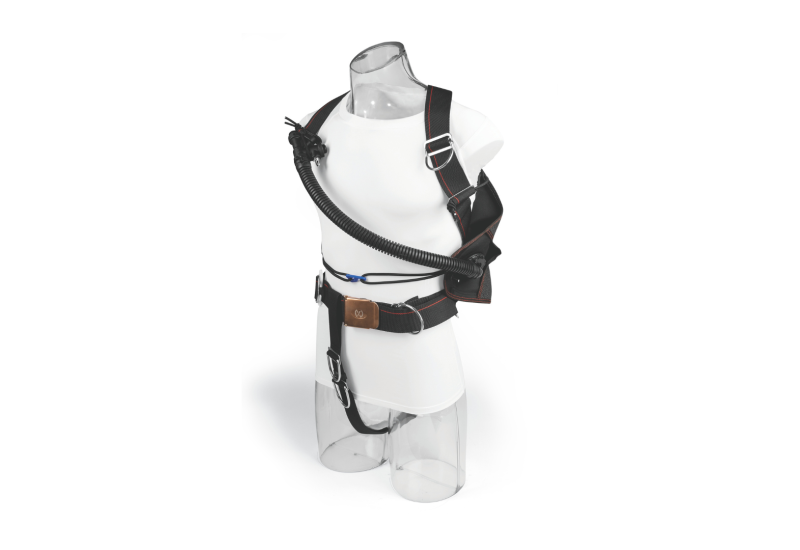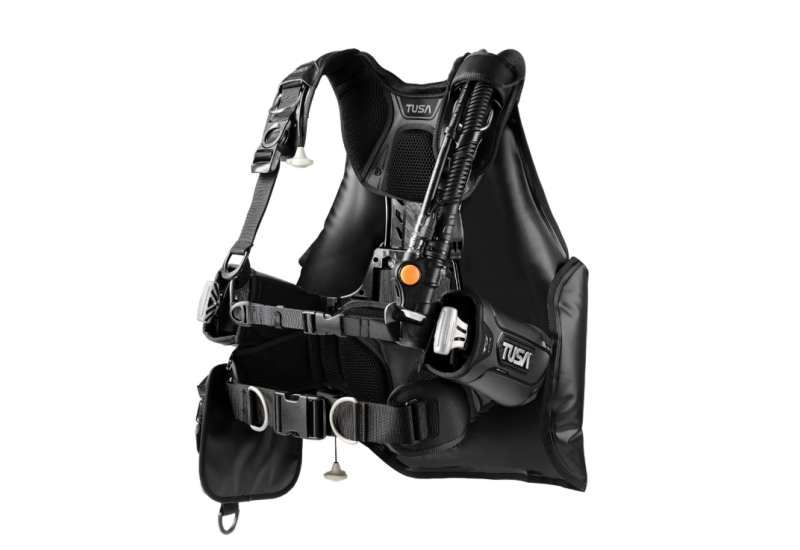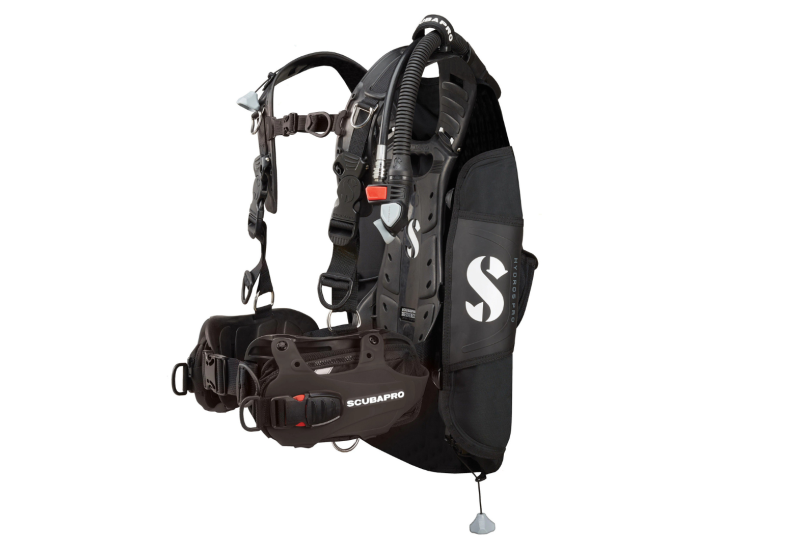Tips for Wearing Less Weight Underwater

Lorenzo MittigaThere is no better feeling for a scuba diver than to be neutrally buoyant, but many divers struggle to achieve underwater nirvana.
What is the secret to perfect neutral buoyancy and that feeling of being weightless underwater? It begins with dialing in your weighting — that's how much weight you put on your belt or into your BC's pouches. If you are carrying just the right amount, you will barely need to adjust the amount of air in your BC. There are many tricks and tips you can try, but pinpoint buoyancy control is a fundamental skill. Once you've got, you'll know what we mean by underwater nirvana.
Many factors come into play that makes proper weighting different for divers, even those making the same dive. Some of these factors are body weight, wetsuit thickness, how you breathe underwater and even whether you're wearing booties or not.
But when you're overweighted, you may notice it right away, as soon as you begin your descent. Do you sink like a stone and then, once at depth, have to hit your inflator to pump air into your BC? That's one sign you're hauling around too much lead. Or maybe you struggle to get down, but once at depth, you notice you feel heavy and need to put some air in your BC.
Dive Tips
On your next dive trip, try these five simple tips — they may help you dive like a pro.
Just Do It. Start by taking off a pound or two on your next dive. By doing this and following the next four tips, you may be able to get by with starting off with a little less weight.
Keep a Dive Log. Record the amount of weight you use for each dive you make. Also note the thickness of the neoprene of the wetsuit you wore. This will not only help you fine-tune your weighting for future dives, it will serve as an at-a-glance record for the next time you dive the same site.
Use the Deflator. As you begin your descent for the dive, hold the inflator hose over your head and stretch it upward a bit. Make sure its attachment point to the BC is at the highest position. Sill not sinking? Make sure you've exhaled all the air in your lungs and try squeezing the BC against your chest with your free arm to rid the BC of any bubbles that may be affecting your buoyancy. If that doesn’t do the trick, use the descent line. Once you get to 15 or 20 feet, the water pressure should help you descend.
Take Your Time and Relax. At the beginning of the dive, take a few deep breaths at the surface to put you in the right mindset for diving. This will calm any nerves. Descend as “quietly” as possible — if feet first, try to point your fins downward so they don’t impede your descent. Don’t flail your arms or kick your legs. Then once you've reached the agreed-upon place to meet your buddy — the mooring pin or some other location, pause and make sure you're comfortable, relaxed and ready to explore.
Use Your Breath. A lung filled with air can add as much as 10 pounds of buoyancy. Exhale completely as you begin your descent. Once at depth, try to breathe evenly and regularly. Before reaching for the inflator/deflator hose to control your buoyancy, relax and use your inhalations and exhalations to work. With each inhalation, you should start to rise. Exhale, and you should start to sink. If you do have to use the inflator to get neutrally buoyant, try to use it sparingly — give just one short burst and give it time to adjust. If you find yourself adding and subtracting air to and from your BC constantly, you’ll feel like an underwater yo-yo — and you'll stop enjoying the dive.
Gear Tips
• As you pack and check your equipment, double-check to make sure nothing has changed that could affect initial weighting. New wetsuit? Brand-new wetsuits need more weight than old ones.
• If you’re wearing a 5-mil wetsuit and the water temps are warm enough, try wearing a lighter-weight wetsuit.
• If you wear open-heel fins, switch to a lighter-thickness bootie — if the water is warm, try wearing neoprene socks instead.
• Experiment with weight placement. For example, if you're wearing 12 pounds of weight, try removing 4 from your belt of BC pockets, and adding 1 or 2 pounds into a trim pocket. By shifting some, but not all, of the weight, you may be able to shave off a couple of pounds.

Courtesy of CressiIn dialing in neutral buoyancy, it can help to wear a BC that's featherlight, like Cressi's Ultralight, which weighs only 5 pounds. Despite its stripped-down, packable design, this BC has a number of features that provide stability and comfort at depth: nicely shaped and padded shoulder straps and backpad, integrated weights that are a snap to load and release, and buttons on the inflator/deflator that are easy to locate. When ScubaLab tested it in 2016, it earned the Testers Choice and Best Buy in the Travel BC category.
• New BC? Stick it on a bathroom scale; often there is variation between claimed and actual weight.
• Sometimes air gets "trapped" in a BC, which will continue to expand as you ascend. Feel behind your head to feel the top of your BC. If it feels like one of those pillows people carry onto a plane, your BC has trapped some air. This can add up to several pounds of buoyancy. To squeeze out the trapped air, lean back as though you are relaxing in a recliner and hold your oral inflate/deflate device toward the surface. Most BCs will then vent that last bit of air.
• On deeper dives, you should only have to start swimming up a little before expanding air takes over. But if some air is still in your BC, you could lose control of your ascent. Be prepared to vent air if that happens.
• Understand how ScubaLab tests BCs, so that you have a good understanding of inherent buoyancy and know how much your BC carries.










